The main areas of fundraising
Forcing or forging a relationship? Part 4: how to manage a relationship
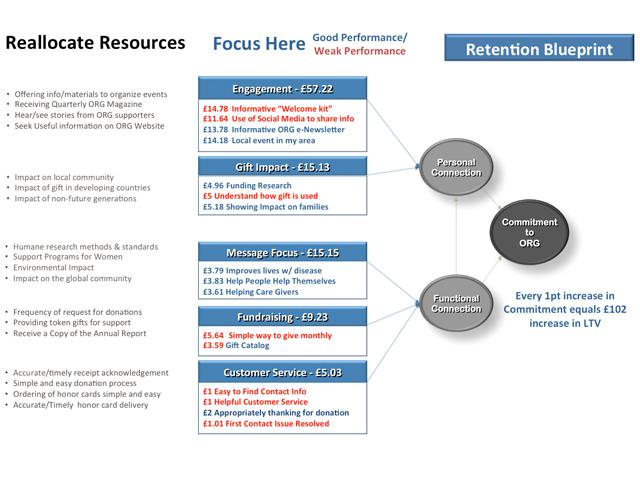
by Charlie Hulme
Everything you do has an influence on your donors' connections with you. This in turn helps or harms their commitment to you. Charlie Hulme has already shown how to measure this, now he shows you how to take it a step further and actually manage the relationship.
Read moreLegacy of Hope newsletter and reply form, from Bread for the World, USA
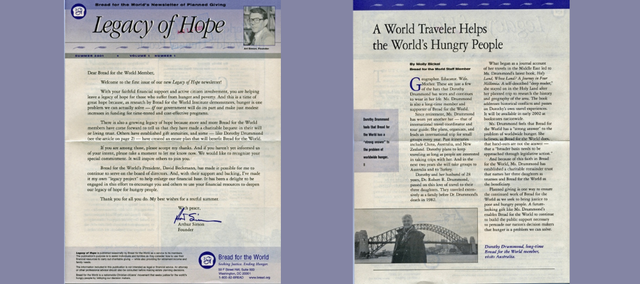
by SOFII
This direct mail package enclosed a newsletter for the Bread for the World ‘Legacy of Hope’ giving society, which has raised millions of dollars in bequests to support the organisation’s work.
Read moreUnbound: the reinvention of an idea that flourished 200 years ago
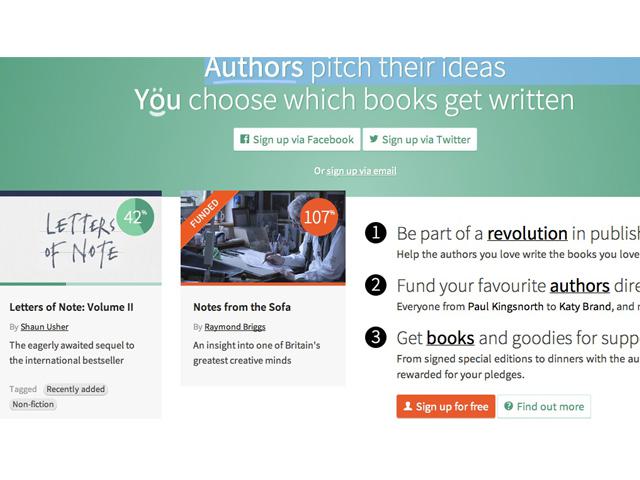
by Aline Reed
This is a strange one. It the reinvention of an idea that was flourishing two hundred years ago, yet has left the notion of 'traditional' charities behind. Maybe even the sponsors don't see themselves as donors, but it's clear that this scheme contains all the ingredients of good fundraising – tangible need, a target, donor reward, donor recognition and the chance to support again.
Read moreDEBRA’s epidermolysis bullosa (EB) Ireland awareness day 2014
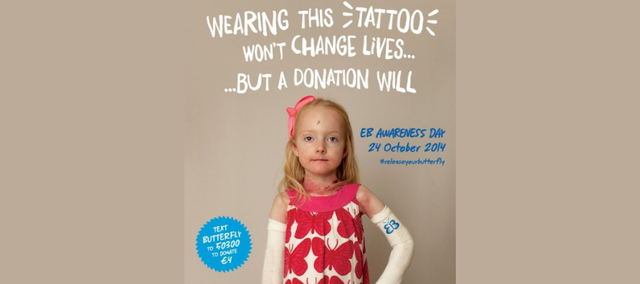
by Craig Linton
Click here to see how DEBRA Ireland made their logo work hard for them. By telling a powerful story as well and investing a small budget they raised a lot of money, gained new supporters and raised awareness of their cause.
Read more‘Social Swipe’: raising money for Misereor through interactive posters
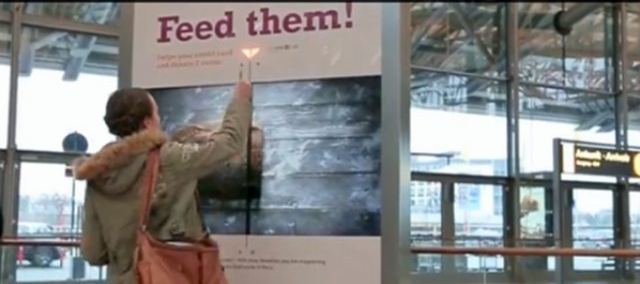
by Craig Linton
The world's first interactive advertisement display able to accept credit card donations, Social Swipe makes it simple to donate and gives instant emotional gratification to the donor: No wonder over 1,000 people swiped a donation in the first month.
Read moreForcing or forging a relationship? Part 3: how to measure a relationship
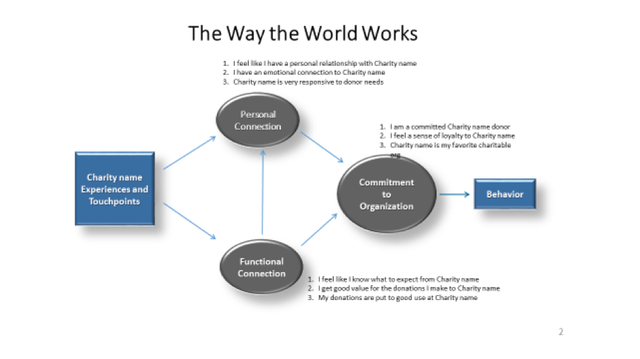
by Charlie Hulme
You are only nine questions away from unlocking enormous value from your current donor file. Nine questions that represent the beginning of the end of inevitable donor churn.
Read moreRethink Mental Illness ‘find Mike’

by SOFII
Here is the story of Jonny Benjamin's search to find 'Mike', one of the bystanders as he climbed onto Waterloo Bridge in an attempt to kill himself. Only Mike didn't stand by, he walked up to Jonny, talked to him and, most of all, he listened. Click here to see how Rethink Mental Illness put their brand in second place and helped to find Jonny's hero. It was a brave decision and one that brought many rewards.
Read moreSave the Children: Buy a brick capital appeal
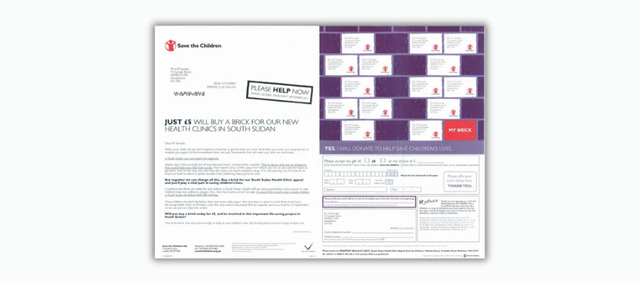
by Reuben Turner
This warm appeal from Save the Children beat its target by over £150,000 and acquisition approached break-even. Clinics were built and children’s lives were saved.
Read moreThe Magic Bus: corporate customers pay for a facility that helps poor kids

by SOFII
How corporate customers enable an innovative charity to raise money to pay for a unique development facility for disadvantaged youngsters.
Read moreToilet Twinning
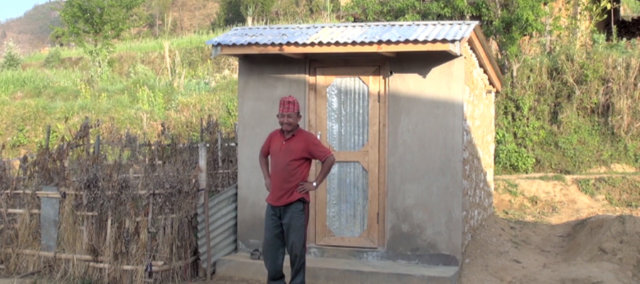
by SOFII
The radical concept of toilet twinning brought at least 300 smiles to the audience at IWITOT. John Bird of data experts Blackbaud says its success is because it directly explains the cause and, obviously, has strong links to aspects of the donor's life that make it relevant. The beauty is, some elements are easily transferable to other charities.
Read moreThe unconventional fundraising gallery
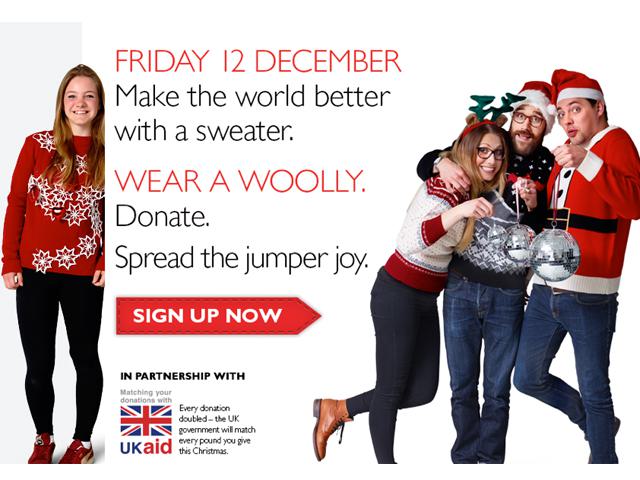
by SOFII
SOFII loves to celebrate all that is good about fundraising: what we can learn from and replicate. At the same time, we like something quirky, even controversial. So we were delighted to hear about the Good Agency's gallery of unconventional fundraising. Click here to see the first four nominations.
Read moreThe ALS (USA) ‘ice bucket’ challenge
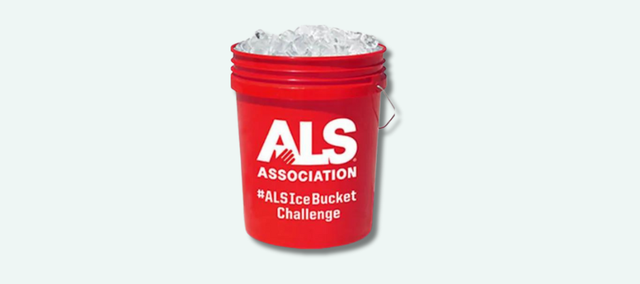
by SOFII
You may be sick of hearing about the ice bucket challenge. You may even think it has no relevance to your own organisation. But find out the special characteristics that made it the biggest fundraising idea of 2014.







